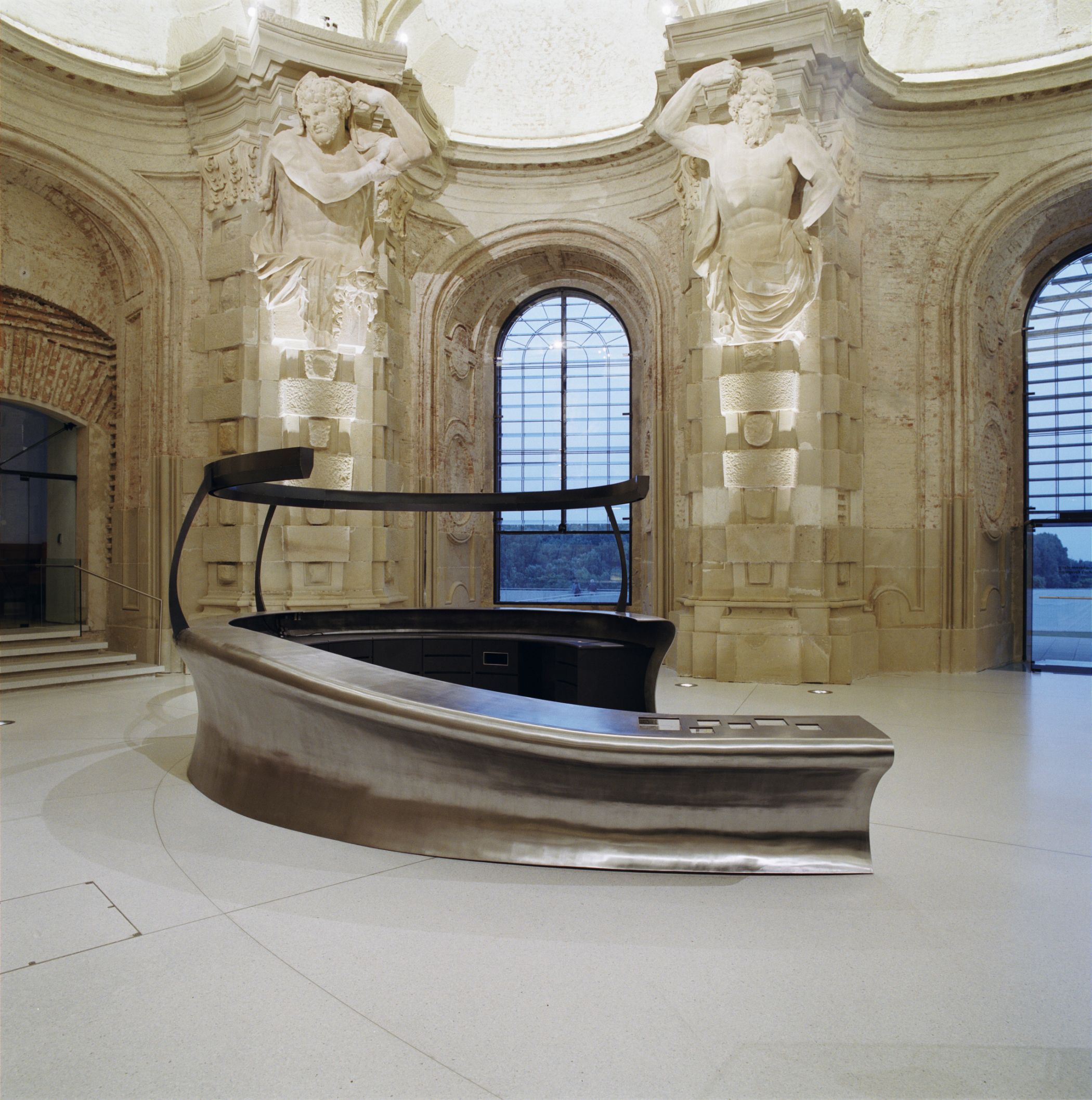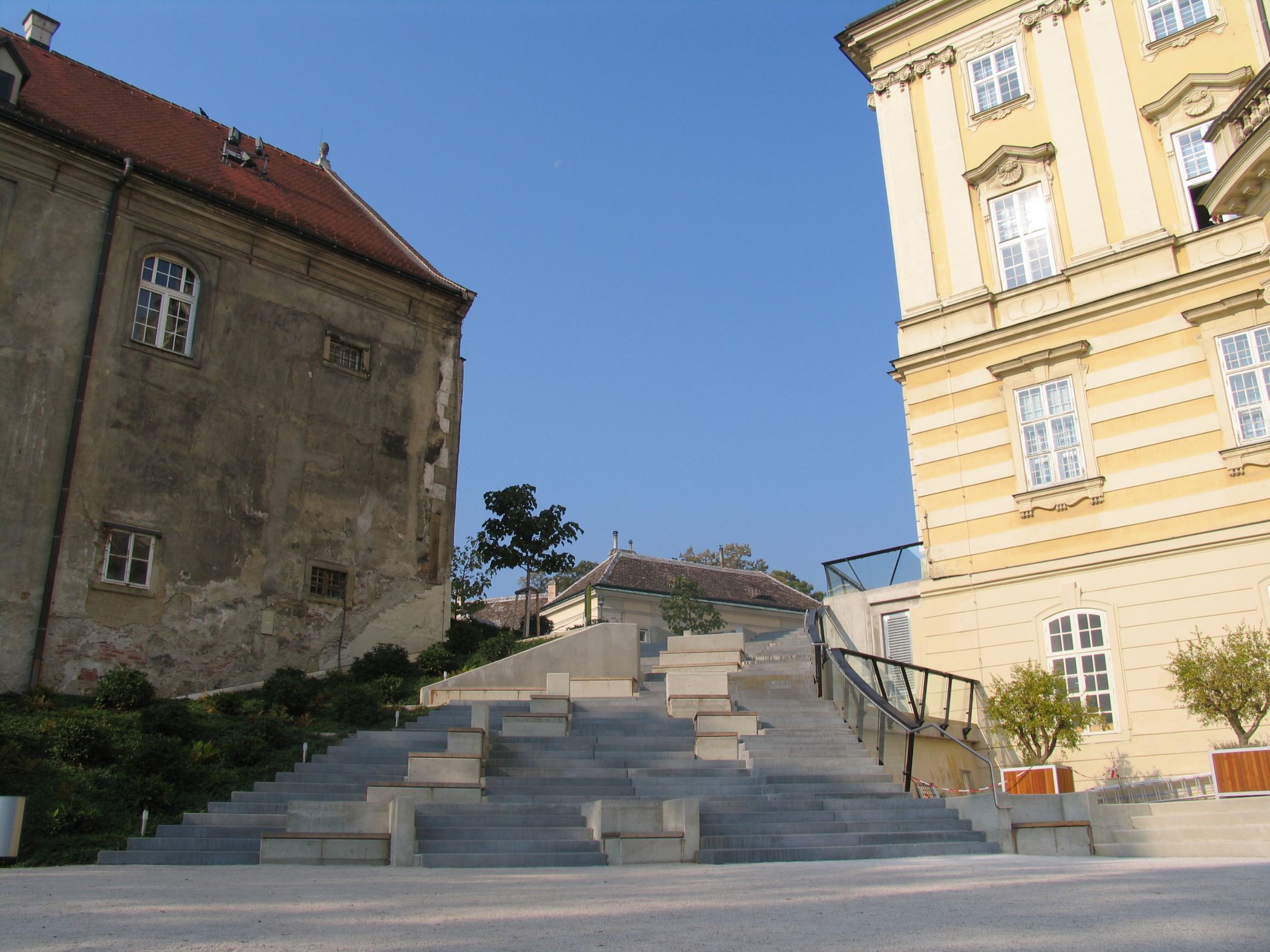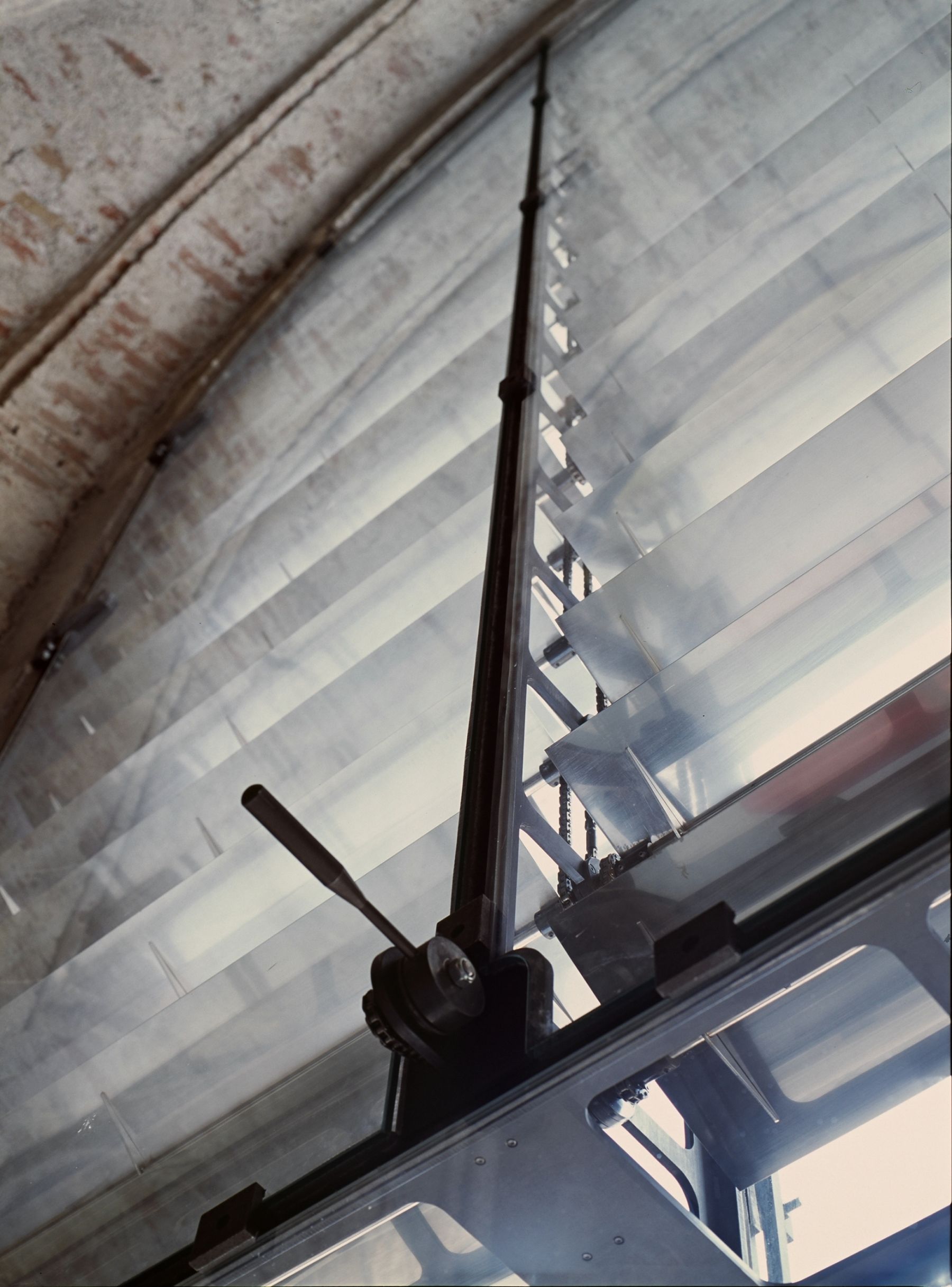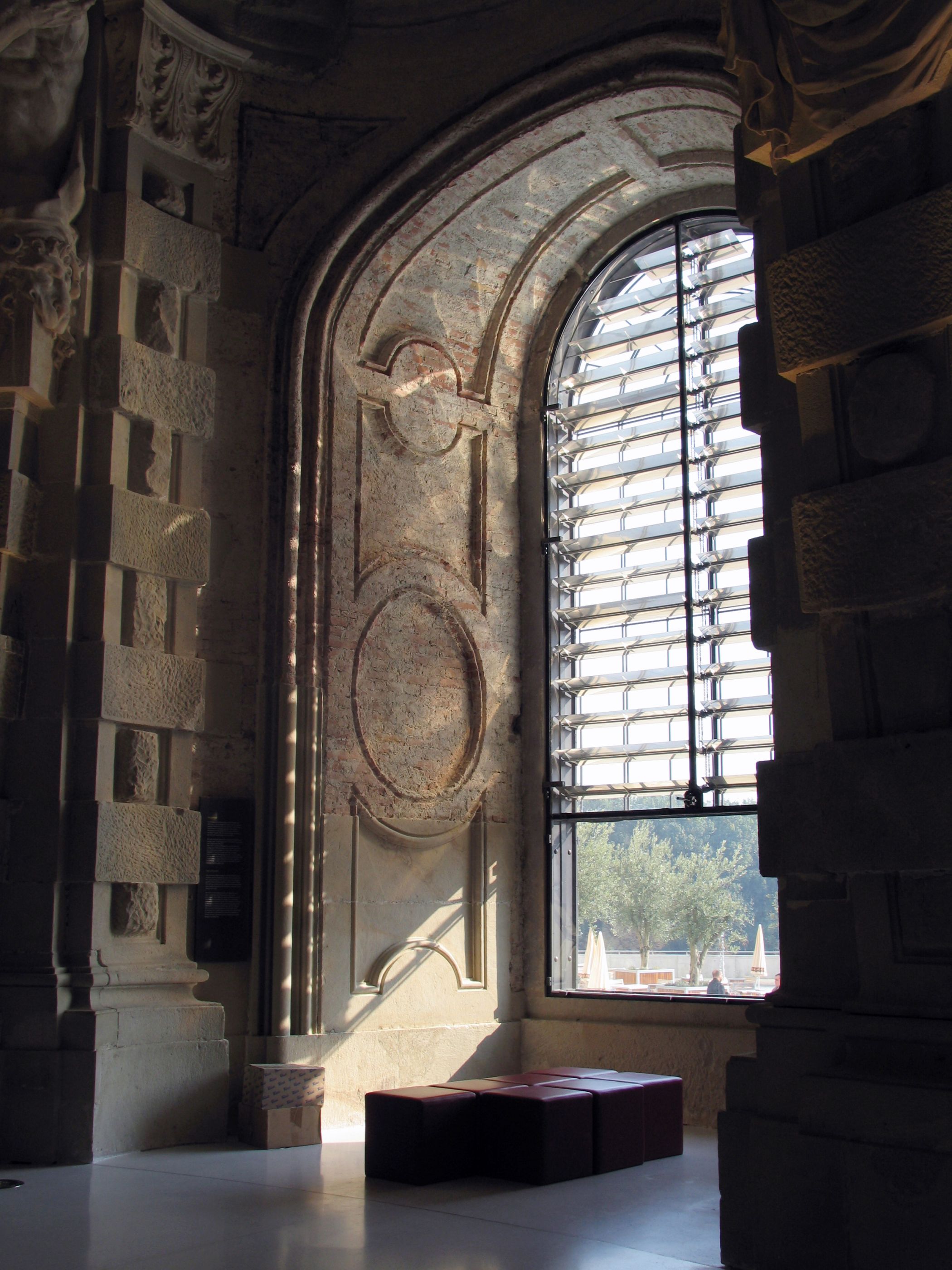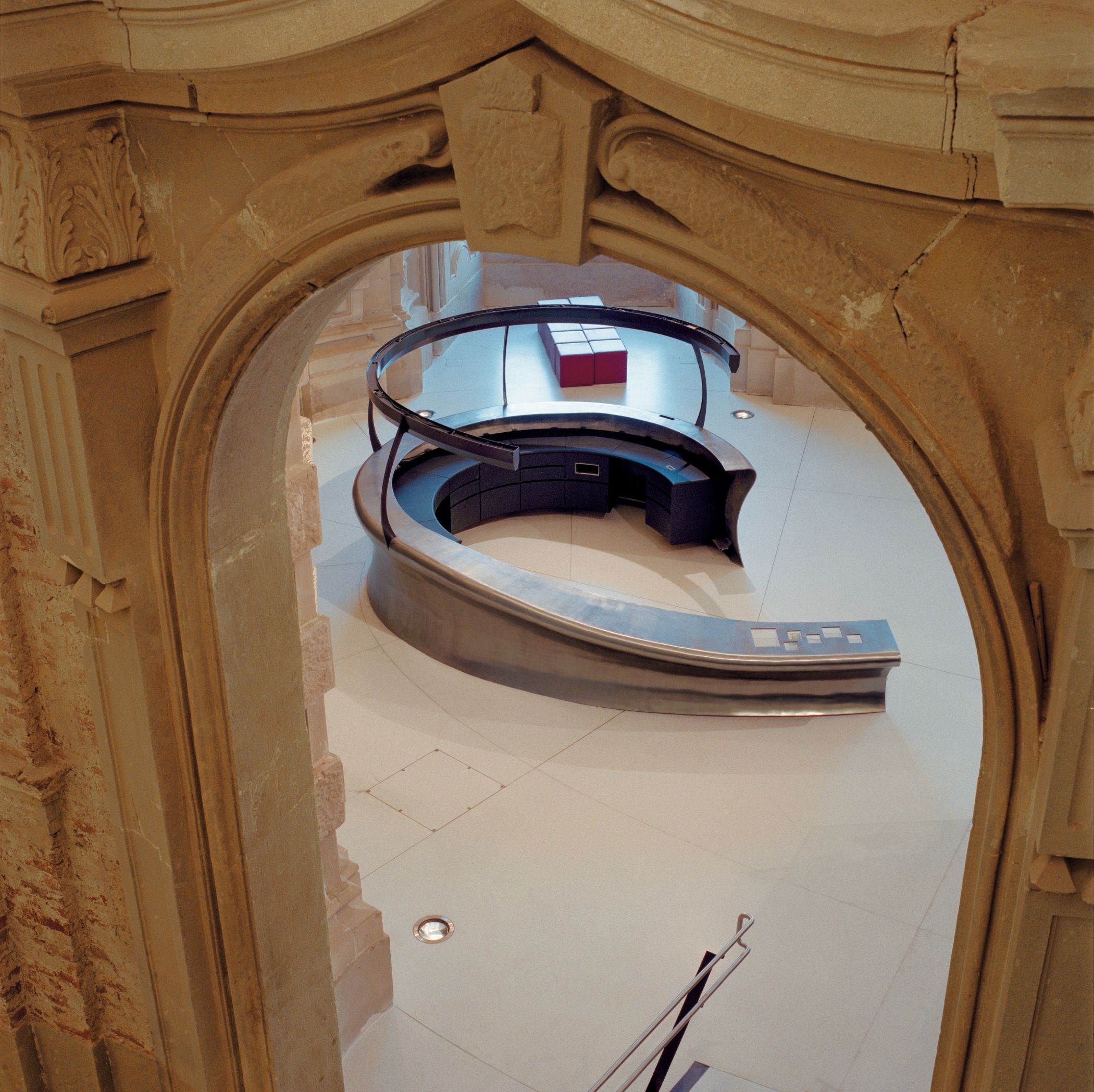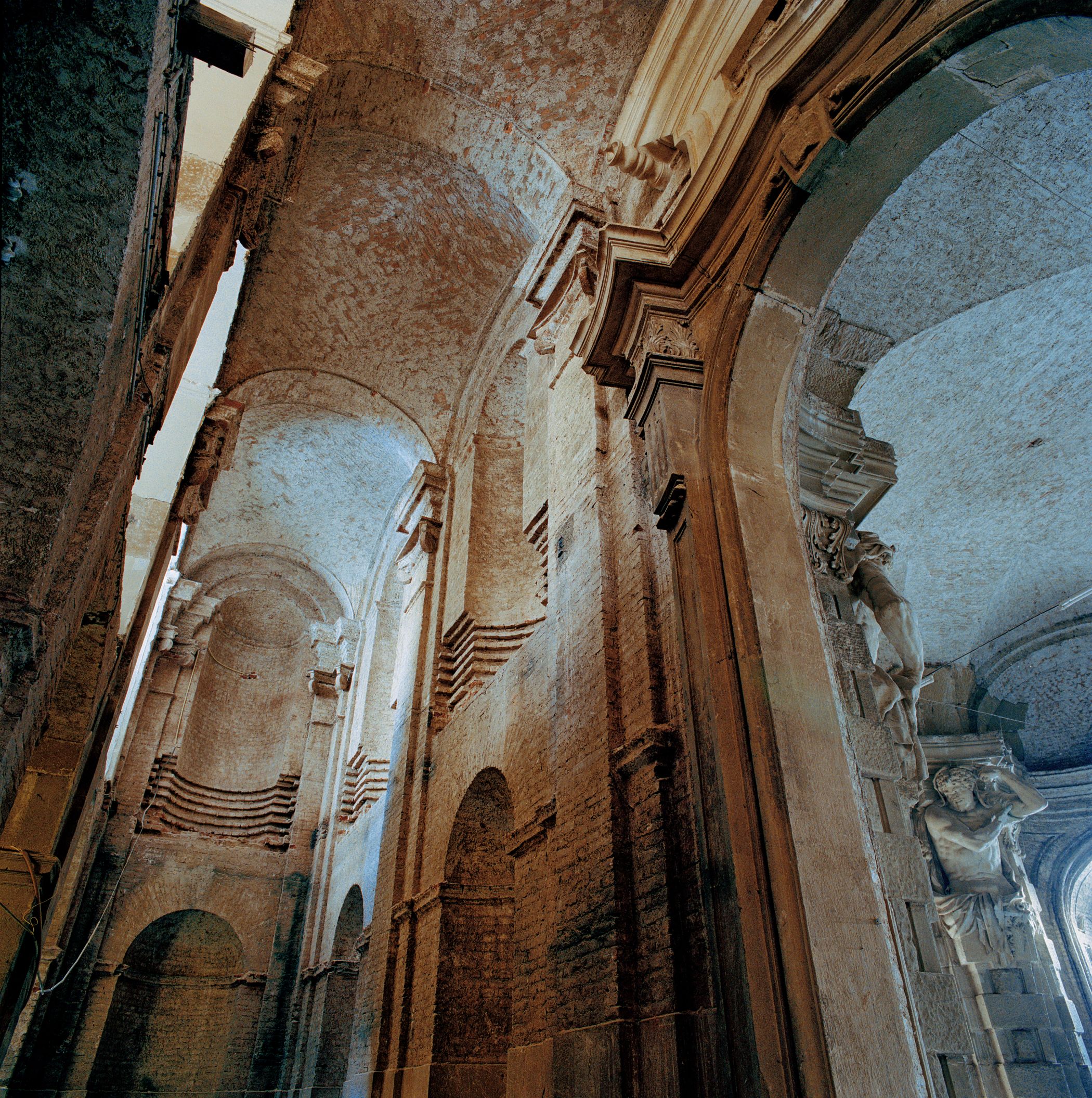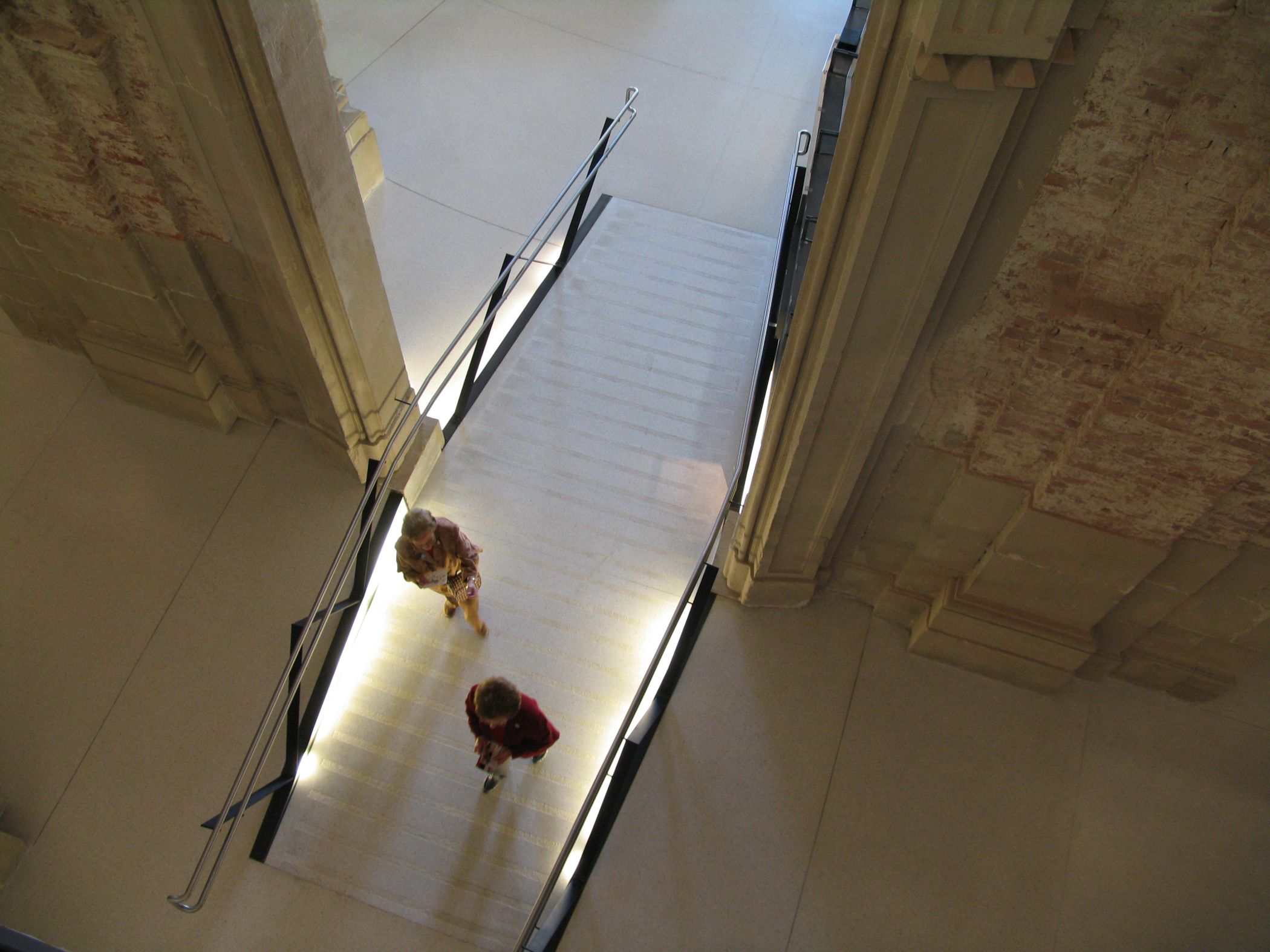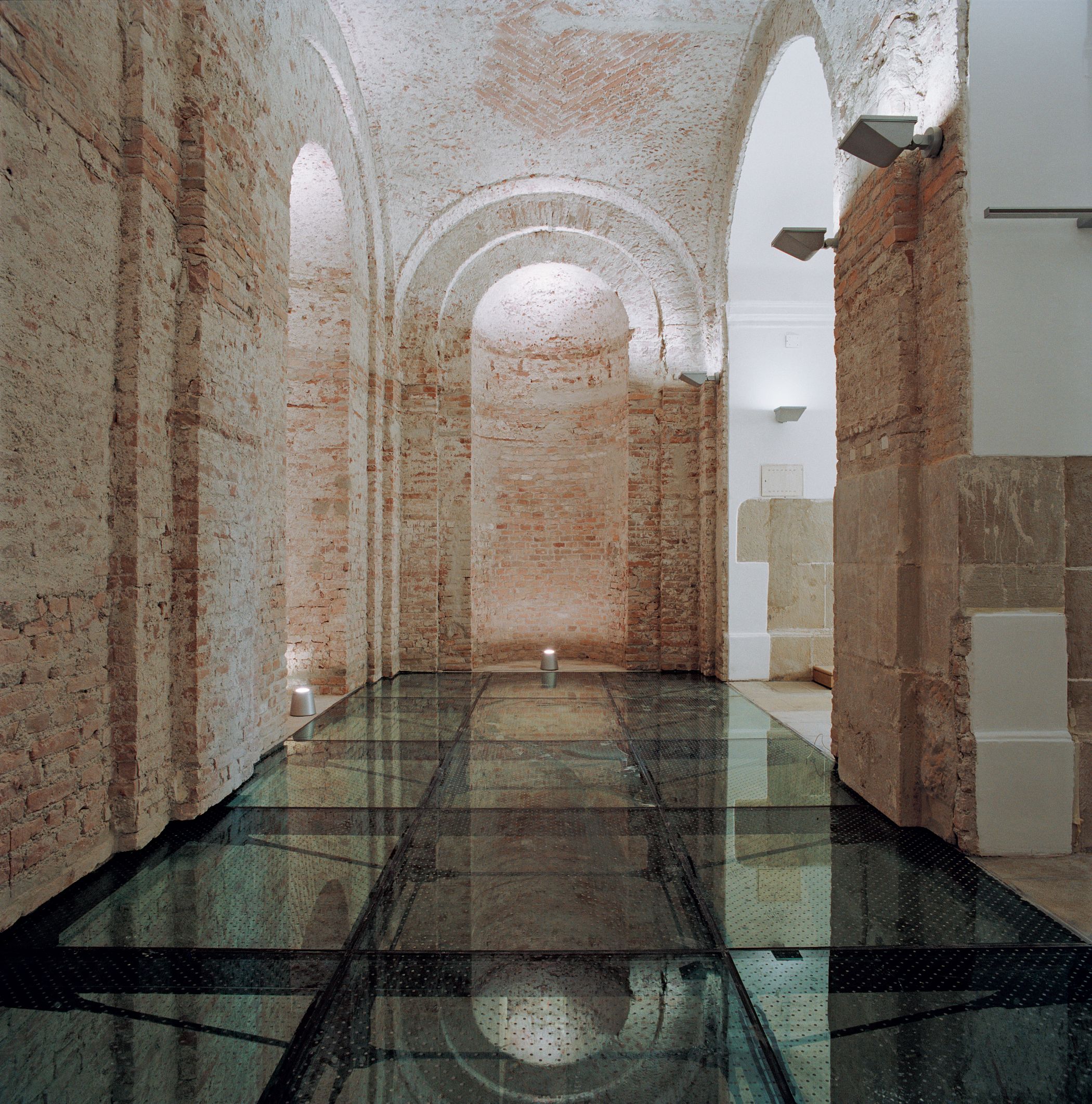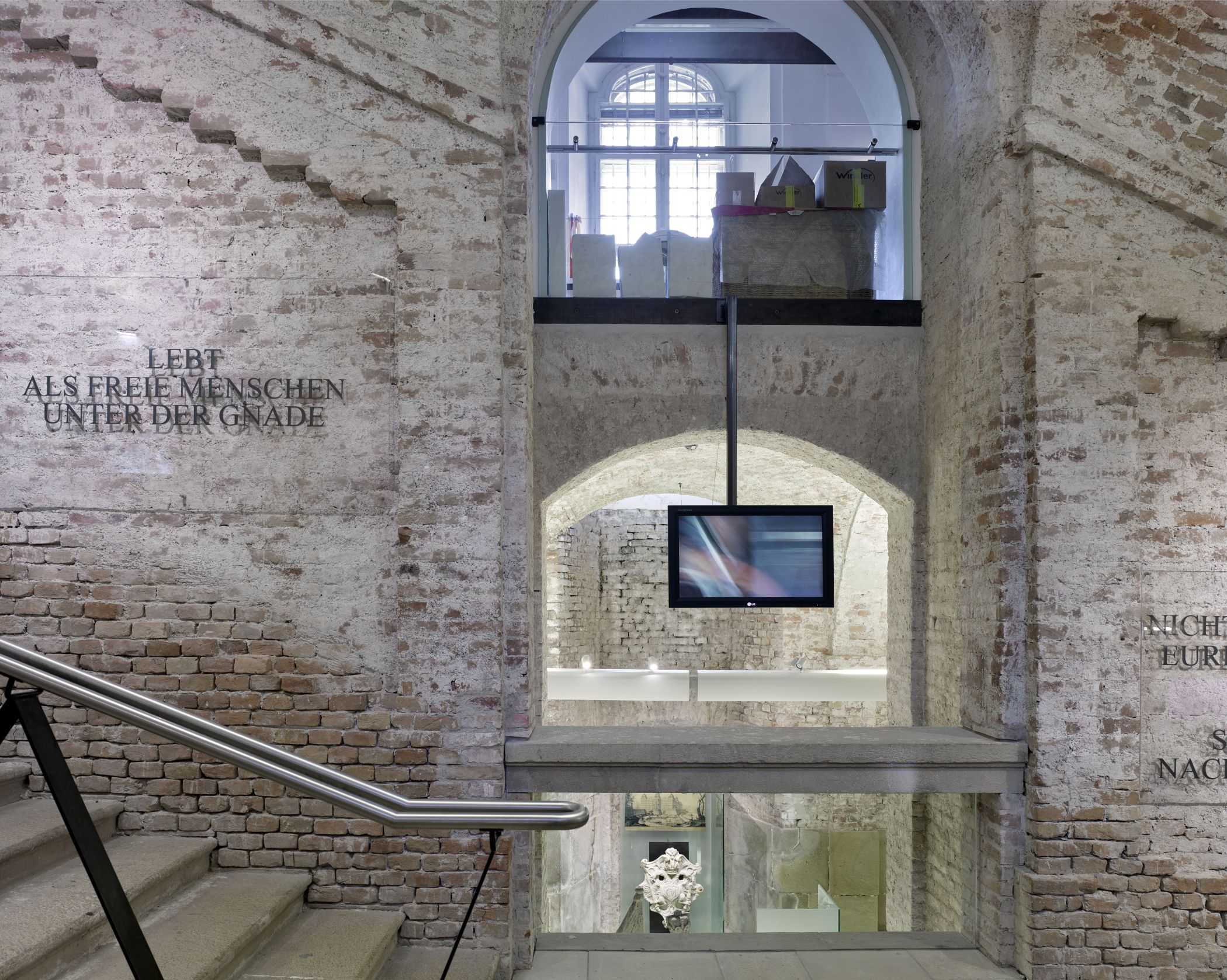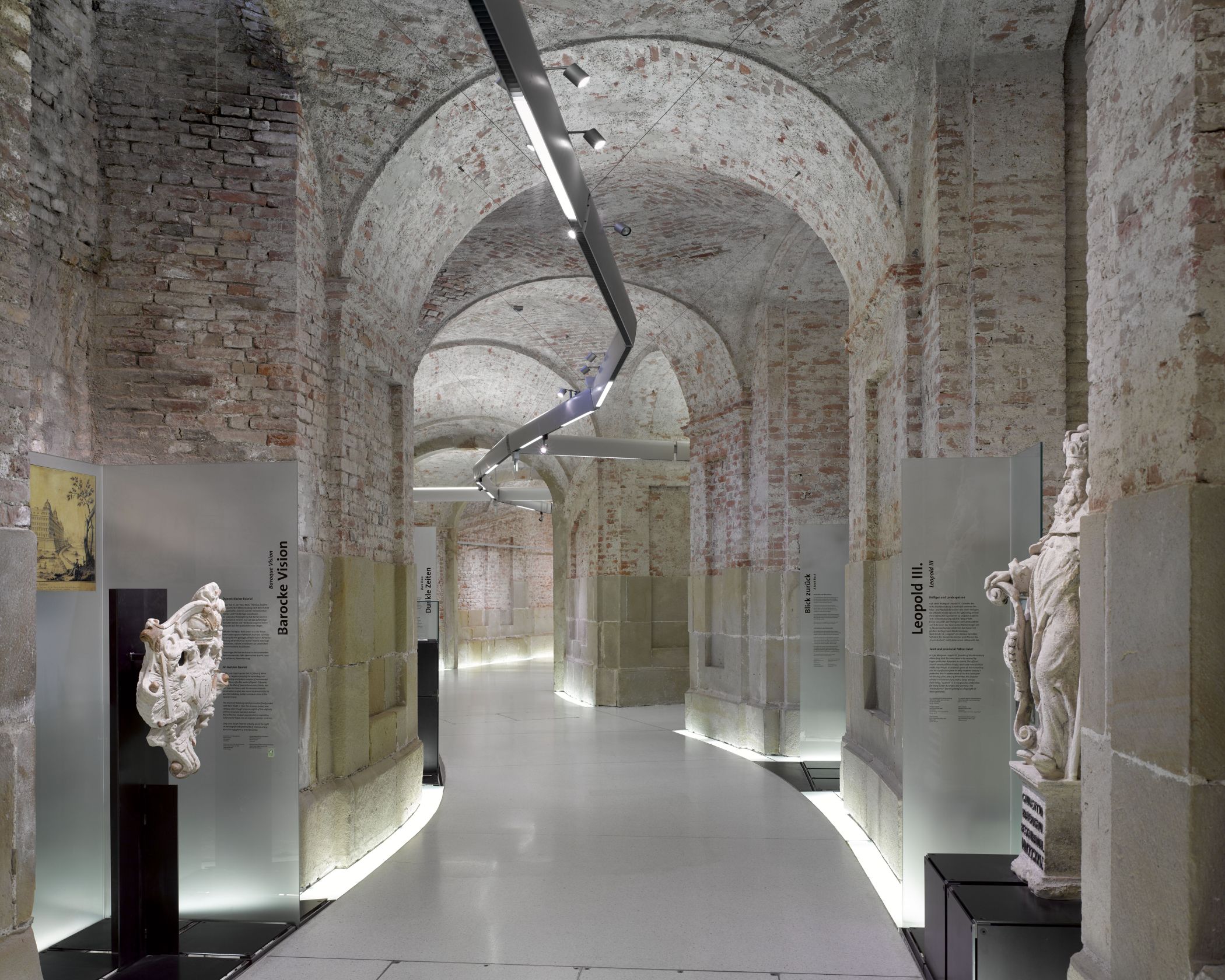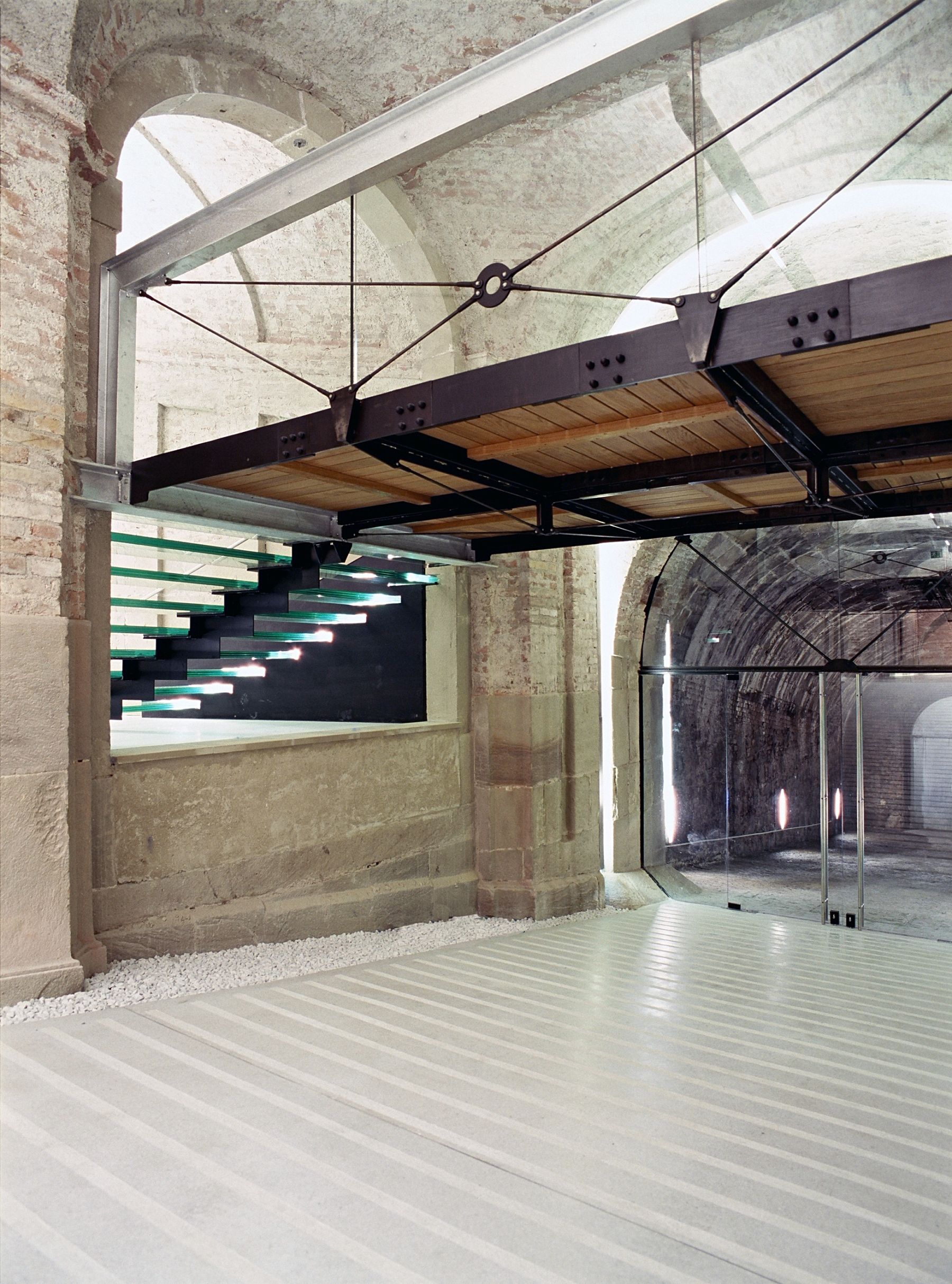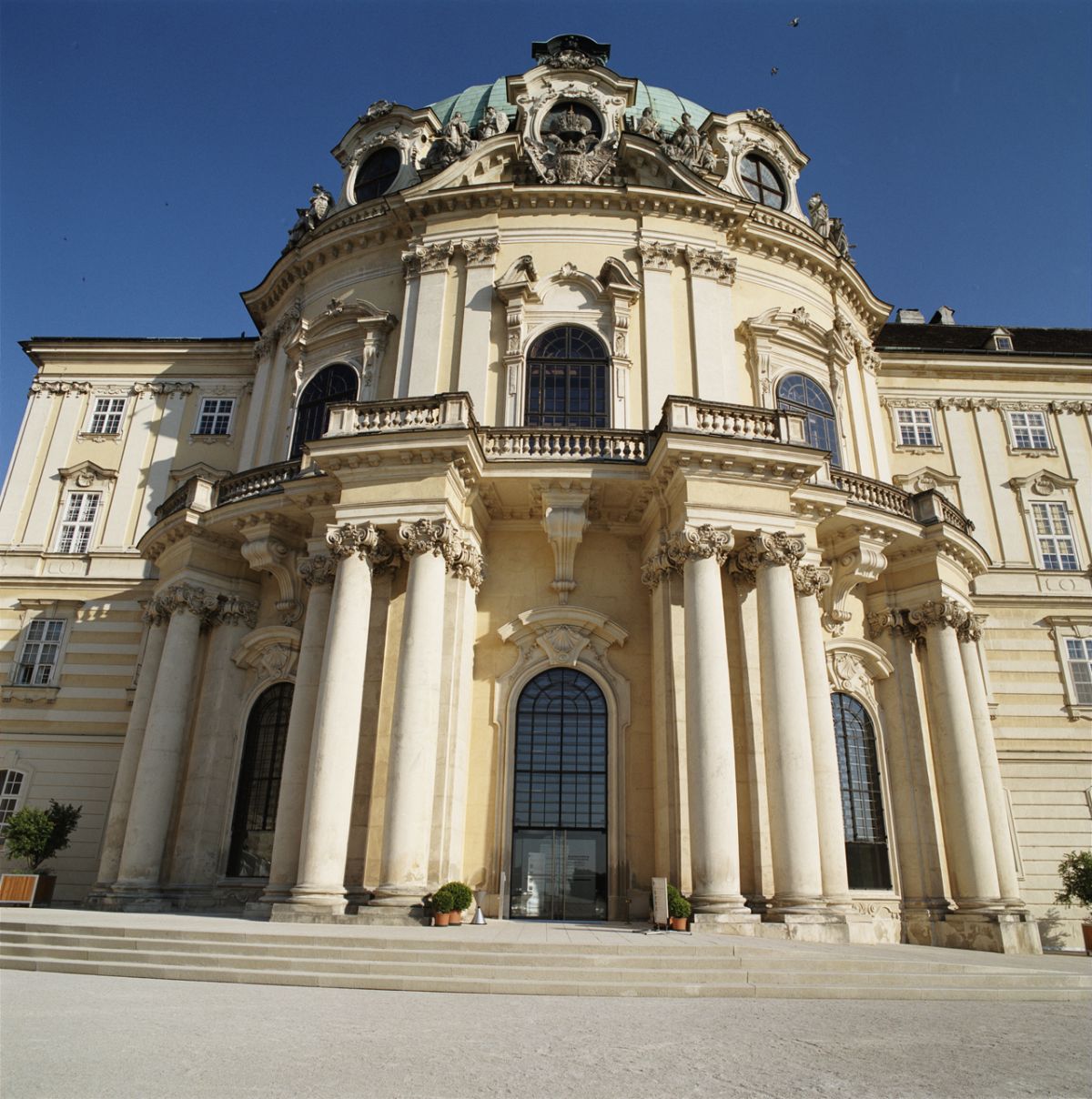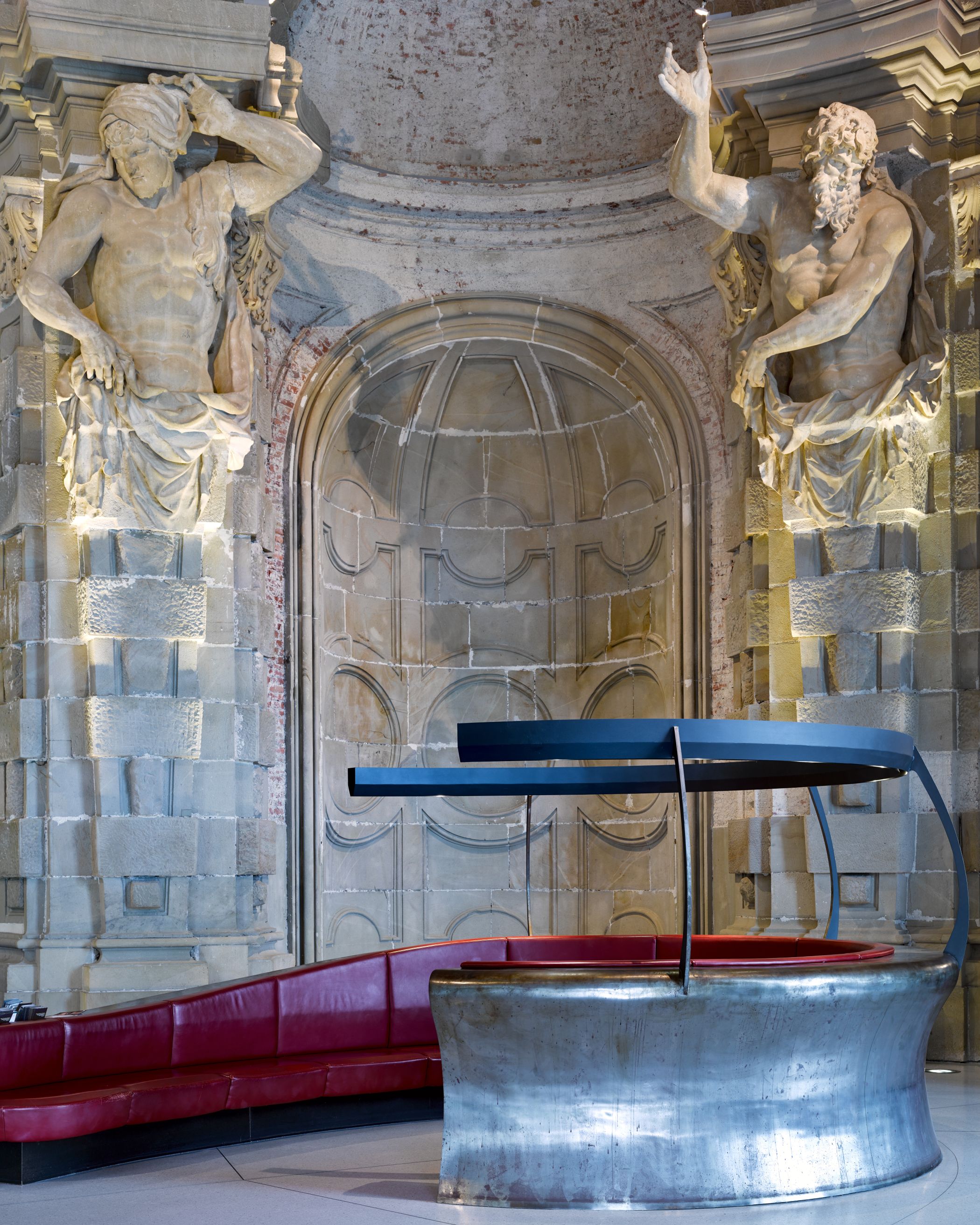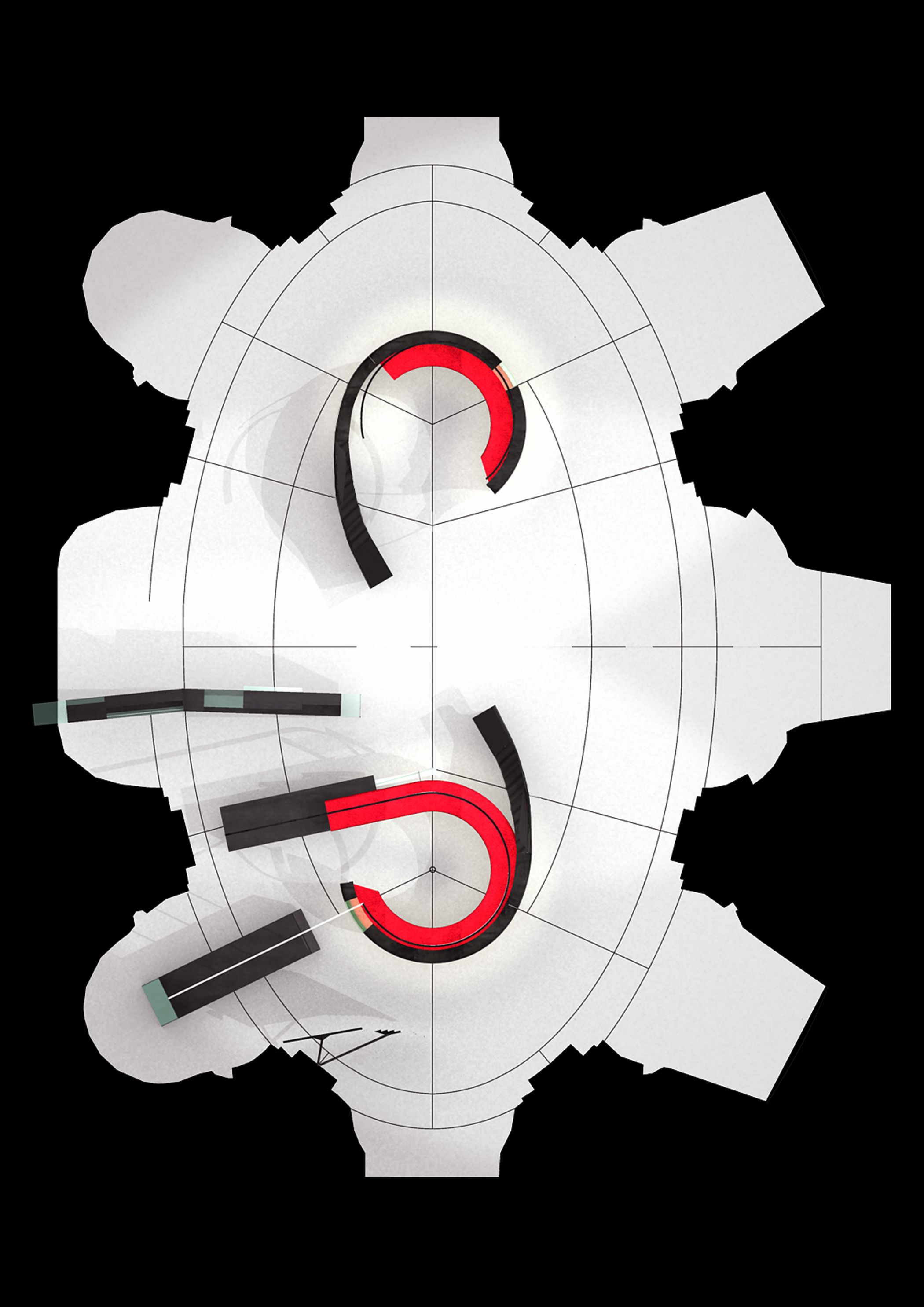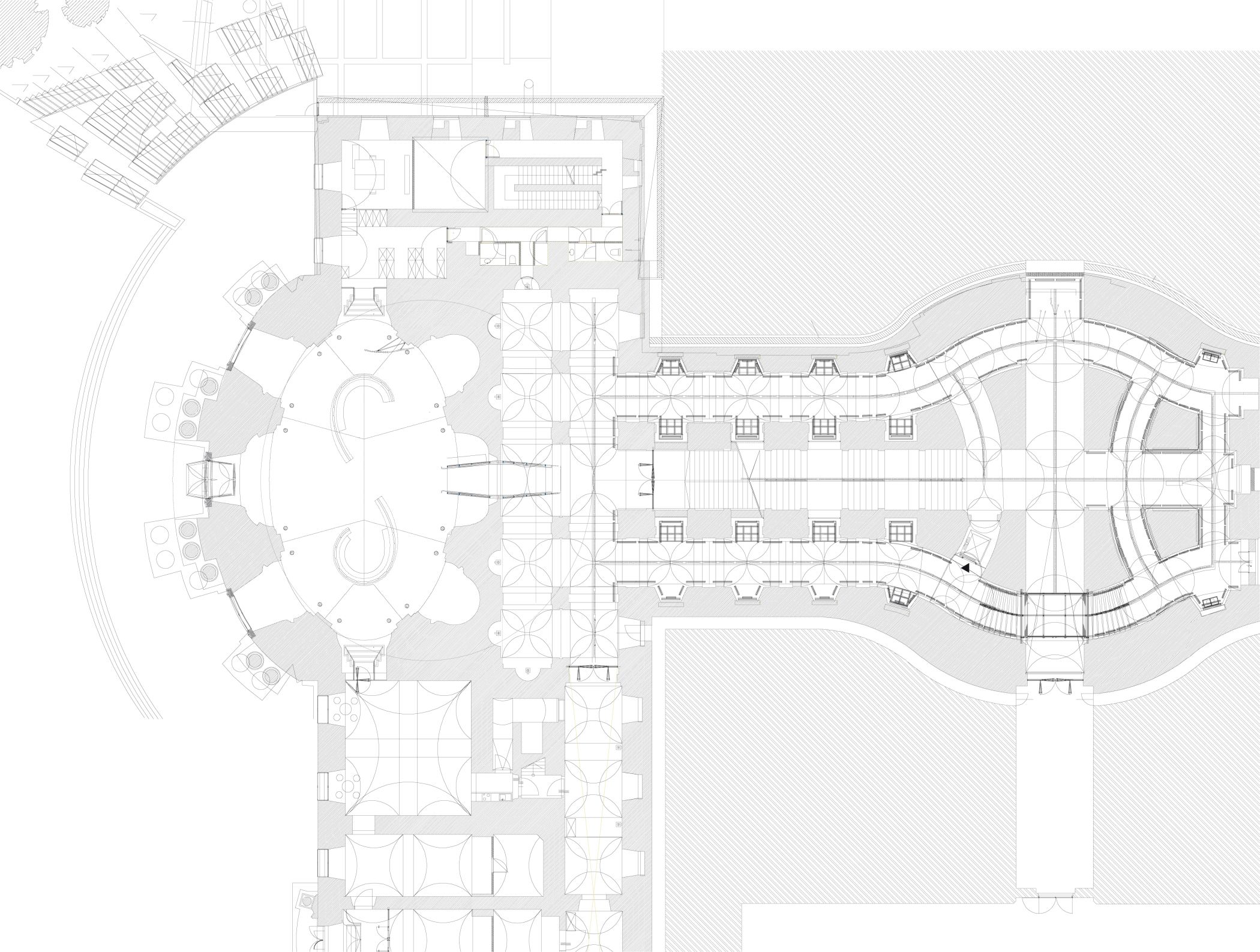Klosterneuburg Abbey Sala Terrena
Gallery
Concept
- Initiative
- once upon a time and then stood still…
- Architecture
- a century later…only the dusty veil had to be lifted to finally wake up the showpiece from its long slumber – it would be light
- Technology
- new ideas combined with old and new technology, finalized what was waiting 250 years to be completed
Question
What has been slumbering here for so many years?
Solution
Slumbering baroque cultural heritage
Uncovering and providing access to the public of specific, baroque parts of the monastery, addition of hypermodern elements which complement the baroque site, rediscovering of the primary planned light tracing and assembling a modern museum into the monastery.
Sala Terrena, planned by Donato Felice d’Allio became the new visitors entrance. This and the lower imperial staircase, to which it is connected, are considered one of the most monumental and artistically significant sets of baroque-era secular rooms in Central European Baroque.
When the three giant, walled-in arch openings on the eastern side of the Sala Terrena, were opened and the morning sun reached deep into the baroque site for the first time in three centuries, the qualities of the baroque daylight concept became visible and showed us the clear win of spatial quality:
the hidden structure of the raw brick building – behind the common perception of baroque ornamentation – a view behind the curtain.
The structural joints of the various sections can still be seen at the brick surfaces and the monumental atlas figures by Lorenzo Mattielli.
The site hasn’t been finished in the meaning of completing the baroque concept but, to show the unfinished, raw building site, only small damaged parts have been renovated and a bright terrazzo floor has been laid. Besides that, not much has been changed in Sala Terrena, only added.
Design
Two steel elements, made from 10mm steel plates, three-dimensionally bent, have been put into the visitor entrance of the Abbey. Those ton-heavy constructions have been built in a dockyard in Istanbul. Its form is based on the “laying eight” – the symbol for infinity. A signal for the baroque building site as the form also quotes the baroque double scroll.
Due to the dynamic and elegant line the past and the contemporary completion find themselves in a balanced dialogue.
Here, a balance between listed cultural heritage and modern architecture has been successfully made visible, today history can be told directly through the substance in dialogue with the exhibits shown.
“We realized rather quickly, that we had come upon a unique baroque light architecture. Now it was our responsibility to expose carefully what had remained unfinished since 1740 and make sure, that the light would reveal its original effect. Therefore we stage-manage the room the way it was meant to be, adding only the most necessary supplements as a tribute to the new museological use. The freestanding shop furniture doesn’t cover up the original monumentality of the space, but makes it complete and leads it into the 21th century.”
(Georg Driendl)
Info
| Category | Museum/Exhibition, Cultural Heritage |
|---|---|
| City | Klosterneuburg |
| Commissioner | Stift Klosterneuburg |
| Period | 2005–2006 |
| Type | competition, 1st prize |
| Status | built |
| Copyright | driendl*architects ZT GmbH |
| Images | Milli Kaufmann, Roland Krauss, James Morris, Lew Rodin |
